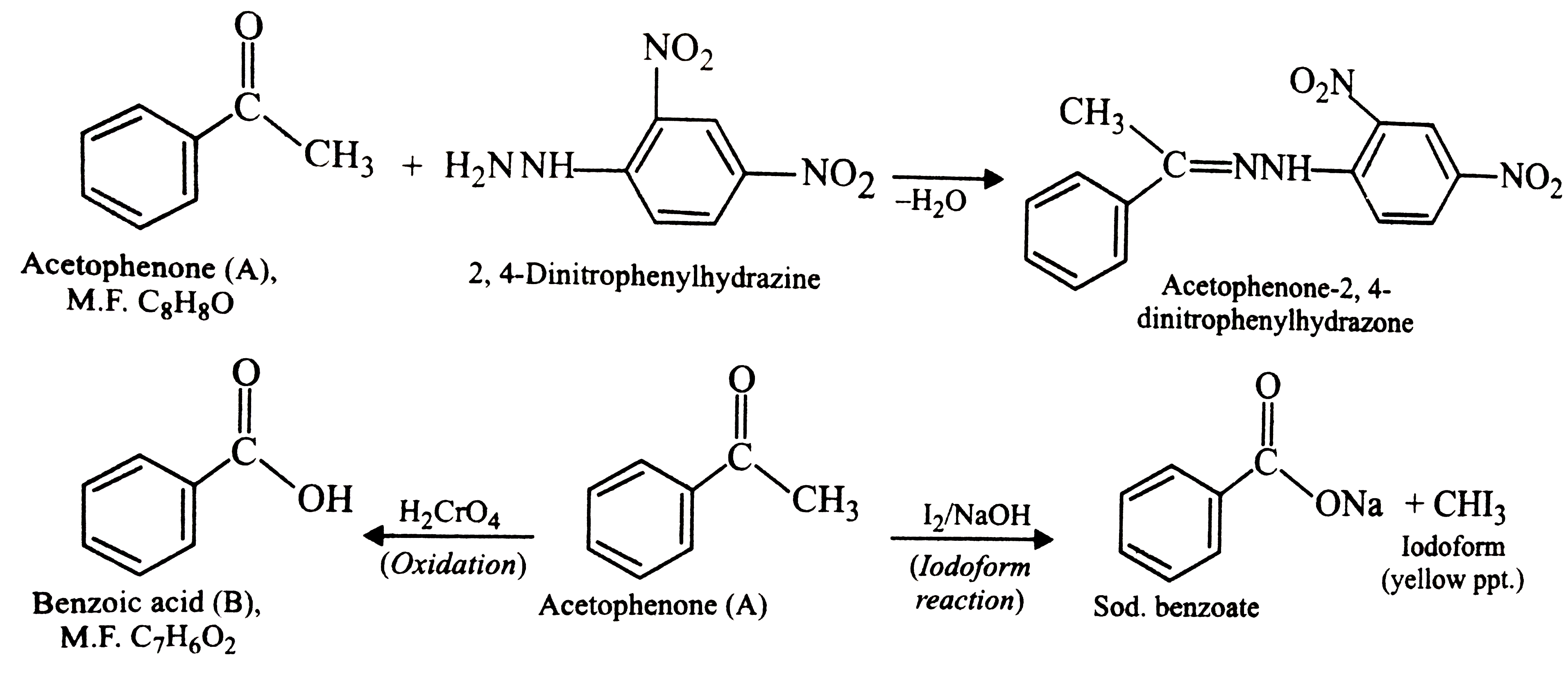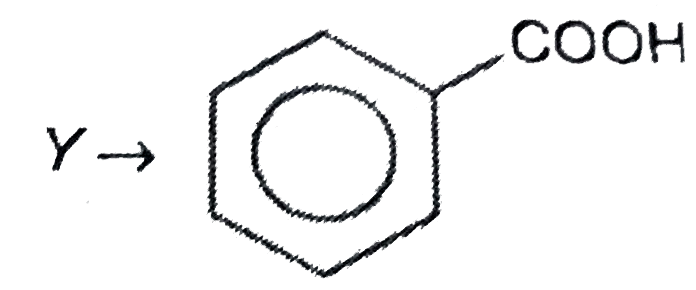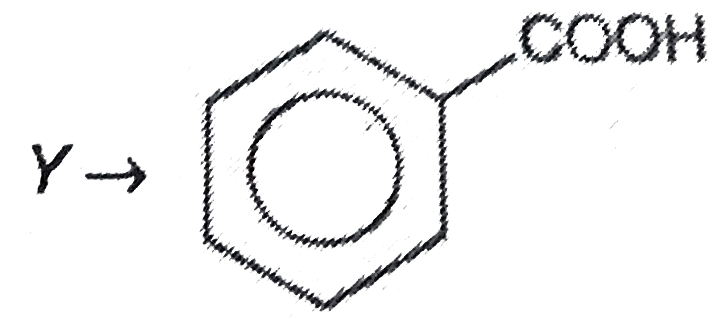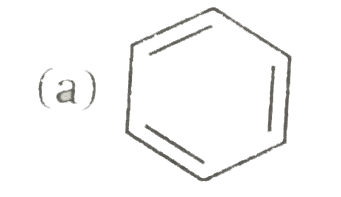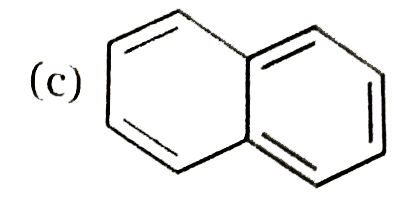Text Solution
Verified by Experts
|
Topper's Solved these Questions
ALDEHYDES, KETONES AND CARBOXYLIC ACIDS
PRADEEP|Exercise NCERT QUESTIONS AND EXERCISES WITH ANSWERS (NCERT INTEXT UNSOLVED QUESTIONS)|8 VideosView PlaylistALDEHYDES, KETONES AND CARBOXYLIC ACIDS
PRADEEP|Exercise NCERT EXERCISES|20 VideosView PlaylistALDEHYDES, KETONES AND CARBOXYLIC ACIDS
PRADEEP|Exercise CONCEPTUAL QUESTIONS|19 VideosView PlaylistALCOHOLS, PHENOLS AND ETHERS
PRADEEP|Exercise IMPORTANT QUESTIONS FOR BOARD EXAMINATIONS.|29 VideosView PlaylistAPPENDIX
PRADEEP|Exercise MODEL TEST PAPER <br> (Section C )|15 VideosView Playlist
Similar Questions
Explore conceptually related problems
Knowledge Check
A
B
C
D
Submit
A
B
C
D
Submit
A
B
C
D
Submit
Similar Questions
Explore conceptually related problems
PRADEEP-ALDEHYDES, KETONES AND CARBOXYLIC ACIDS -NCERT QUESTIONS AND EXERCISES WITH ANSWERS (NCERT INTEXT SOLVED QUESTIONS)
- Give names of the reagents to bring about the following transformation...
13:51
|
Play - Arrange the following compounds in the increasing order of their boili...
03:50
|
Play - Would you expect benzaldehyde to be more reactive or less reactive in ...
03:33
|
Play - An organic compound (A) with molecular formula C8H8 O forms an o...
05:32
|
Playing Now - Write chemical reactions to affect the following transformations: (i...
07:25
|
Play

